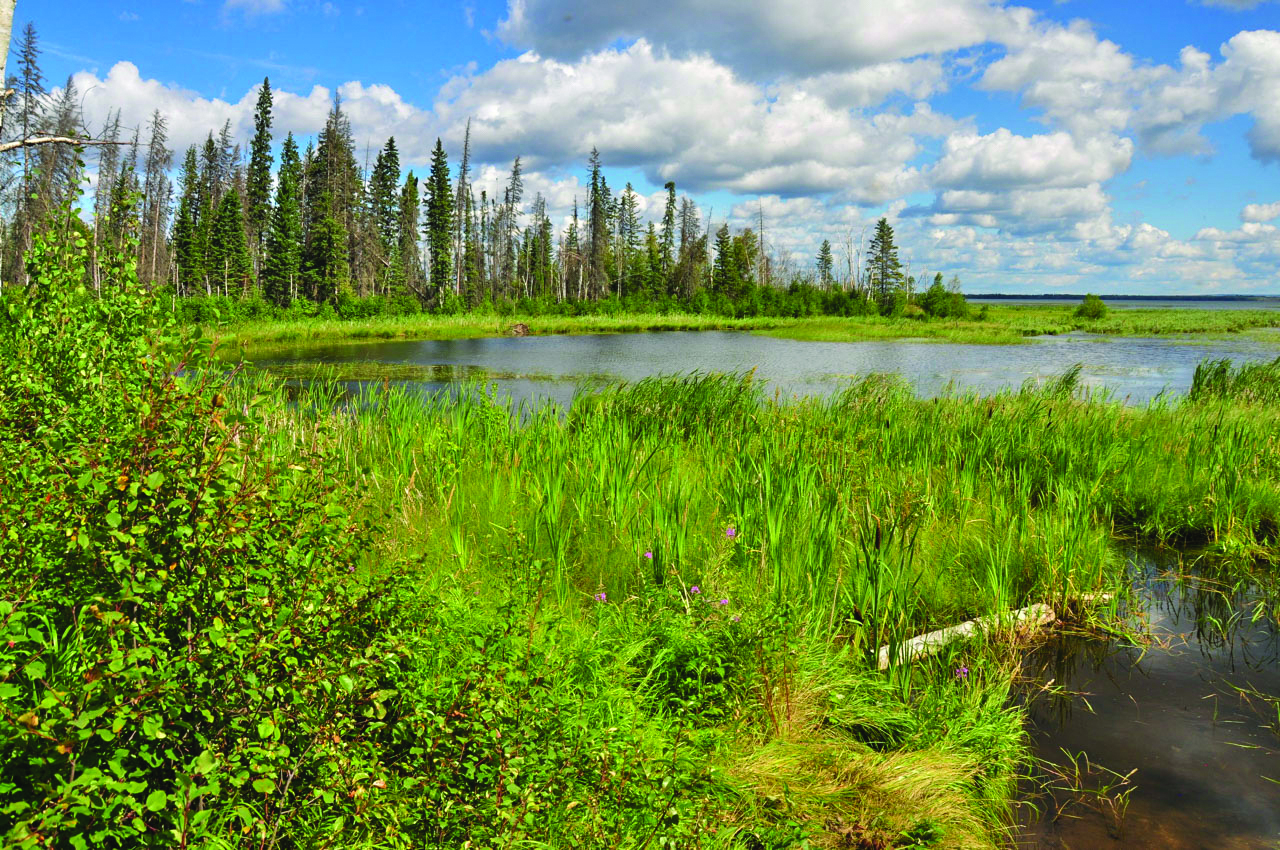Bringing Together Indigenous Knowledge and Simulation Modelling to Assess Cumulative Impacts to Indigenous Land Use in Northeastern Alberta, Canada


A new publication describes how Indigenous Knowledge and simulation modeling can be combined to comprehensively assess cumulative impacts to Indigenous rights. The approach was developed by IEG to address deficiencies in Canada’s environmental assessment process that result in incomplete assessment of impacts and insufficient opportunity for Indigenous led projects and collaboration with Indigenous communities.
Under the methodology, reduced opportunity for Indigenous land use is caused by a combination of declining accessibility of the land and environmental degradation. Cumulative impacts to Indigenous land use are assessed over large regions such as traditional territories, and severity of impact is interpreted through comparison with precolonial state. Application of the approach to the Fort McKay Métis Nation (FMMN) of northeastern Alberta concluded that opportunities to harvest moose, cranberry, and fisher have declined by 23% to 35%. To support ongoing assessment of proposed projects, FMMN was provided with web-based software that maps cumulative impacts relative to precolonial condition.
The paper, published in a special issue of the journal Environmental Management on state-of-the-art approaches to cumulative effects assessment, can be accessed at https://rdcu.be/ezhB2.
Learn more about the Indigenous cumulative effects assessment and the Indigenous CEA tool.


